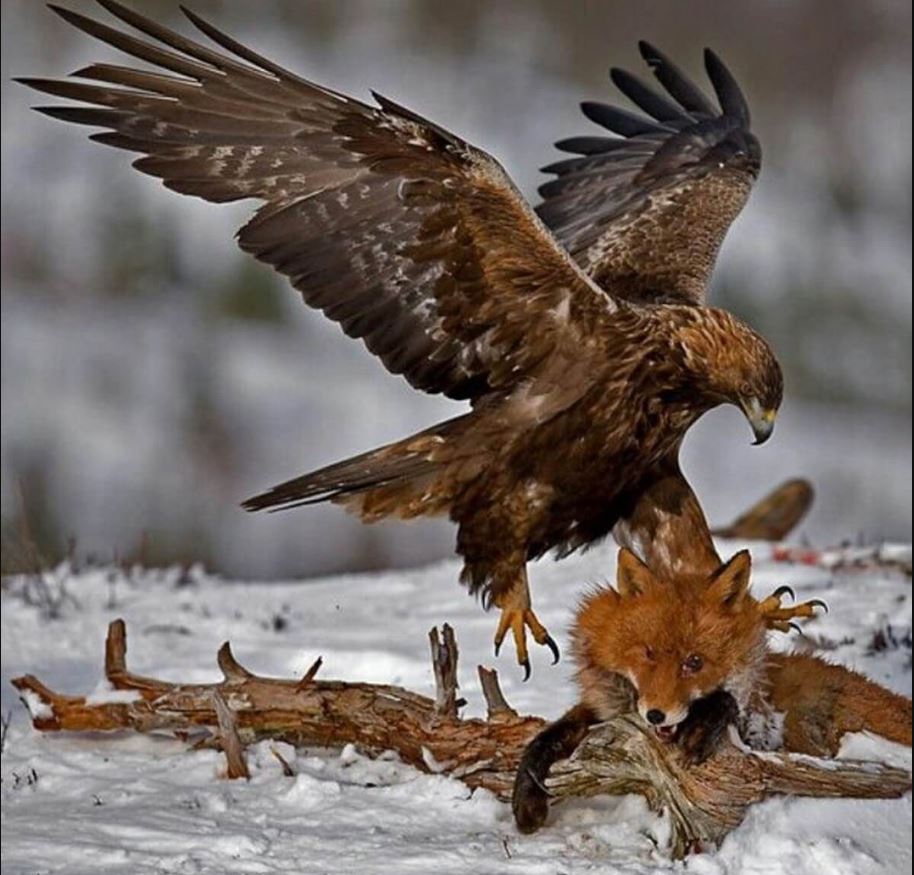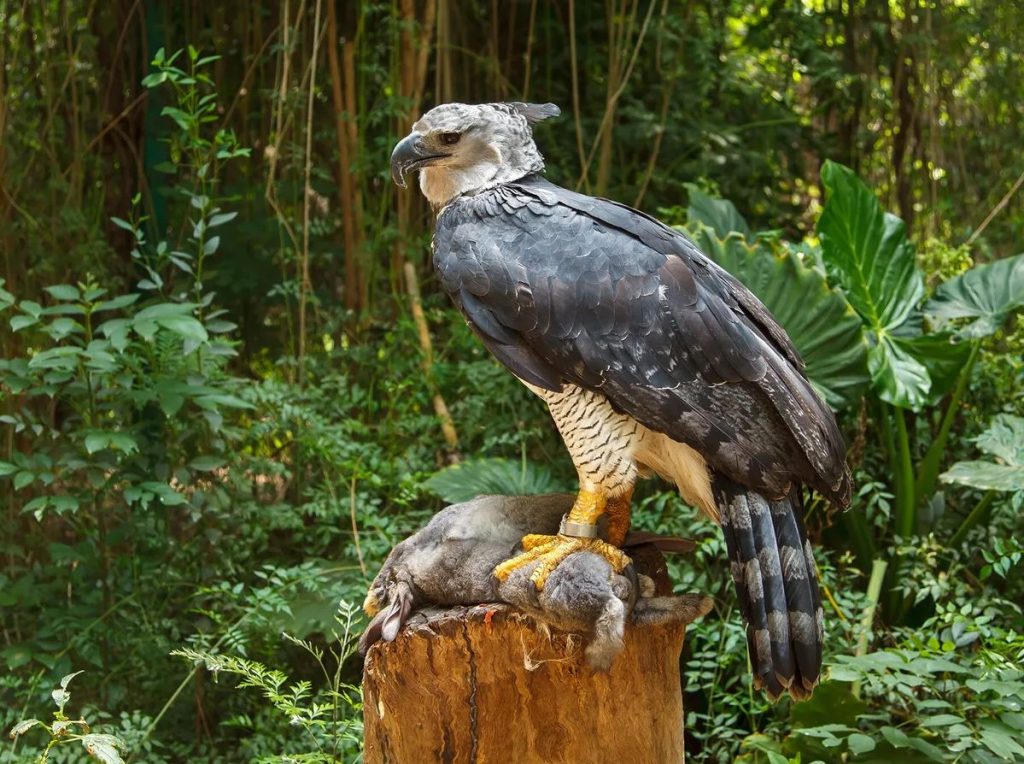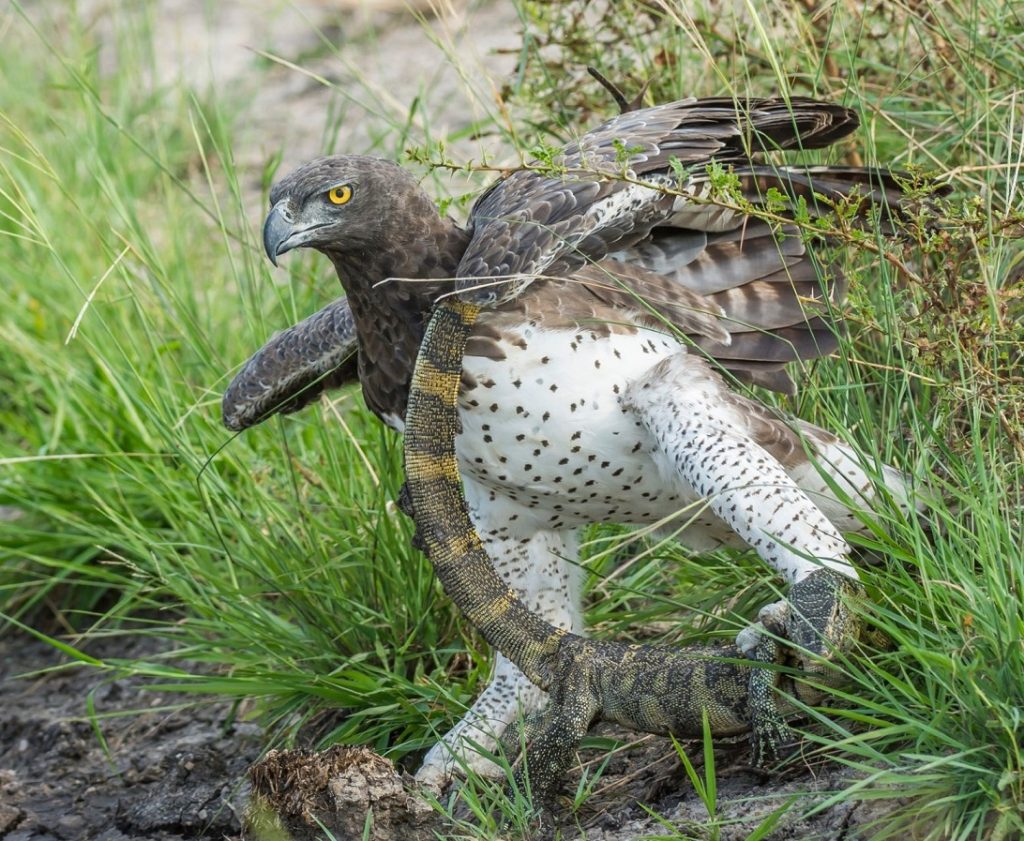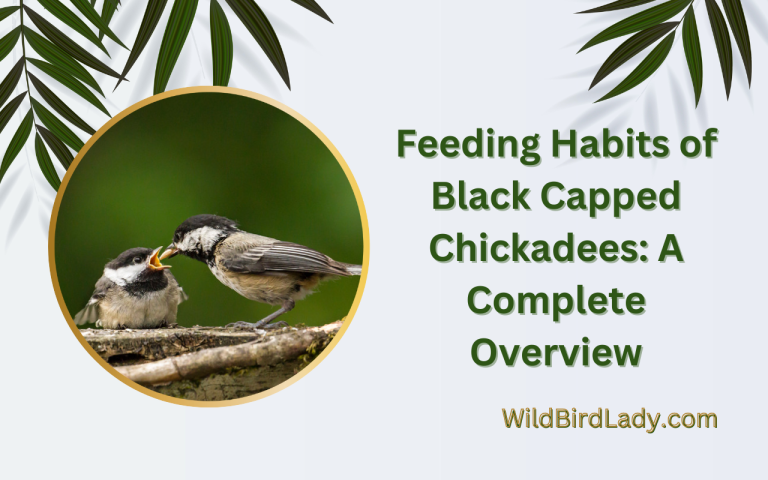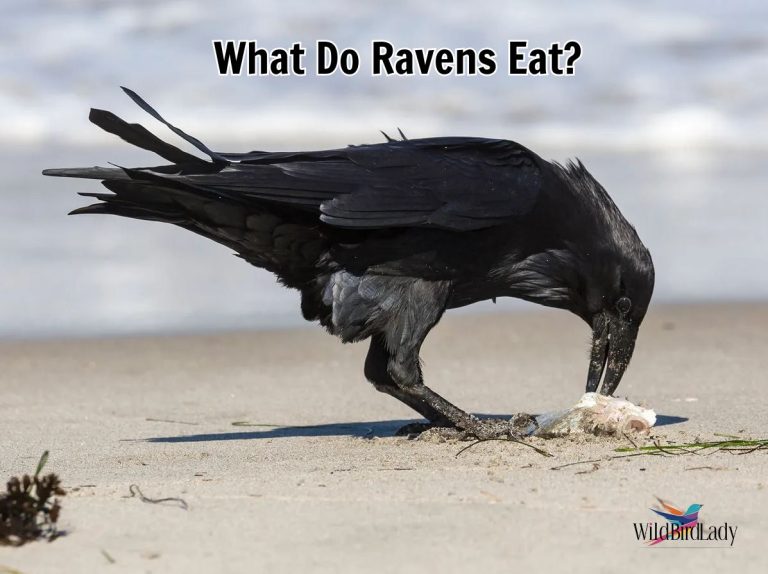What Do Eagles Eat? A Complete Guide to the Majestic Predator’s Diet
Introduction: Understanding the Eagle’s Role in the Food Chain
Few birds inspire awe like the eagle. With their piercing eyes, expansive wingspans, and silent, deadly flight, eagles dominate the skies and the ecosystems they inhabit. But have you ever wondered: what do eagles eat? The answer isn’t as straightforward as you’d think—it depends on the species, habitat, and even the season.
Over my 13 years of birdwatching across North America and beyond, I’ve observed eagles in the wild tearing through fish, swooping down on mammals, and even scavenging roadkill. In this comprehensive guide, I’ll walk you through everything you need to know about the eagle diet, from their favorite prey to unusual meals you wouldn’t expect.
Types of Eagles and How Their Diets Differ
Before diving into the menu, it’s essential to understand that “eagle” isn’t just one bird. Over 60 species exist worldwide, and their diets vary widely depending on where they live and how they hunt.
1. Bald Eagles (Haliaeetus leucocephalus)
- Primary diet: Fish
- Supplementary foods: Waterfowl, small mammals, carrion
- Habitat: Near large bodies of open water, such as lakes and coastal regions
Bald eagles are excellent anglers. I’ve seen them pluck trout out of lakes with surgical precision. According to the Cornell Lab of Ornithology, fish makes up over 70–90% of their diet in most regions.
2. Golden Eagles (Aquila chrysaetos)
- Primary diet: Small to medium mammals (rabbits, hares, ground squirrels)
- Supplementary foods: Reptiles, birds, carrion
- Habitat: Mountains, cliffs, open country
Golden eagles are fierce terrestrial hunters. They use their powerful talons and speed to swoop down on prey, often targeting animals that weigh up to 8 pounds.
3. African Fish Eagles, Philippine Eagles, and More
Other species such as the African Fish Eagle primarily eat aquatic prey, while the Philippine Eagle, one of the rarest eagles in the world, feeds on monkeys, snakes, and large birds. Their diet reflects the biodiversity of their habitats.
Core Components of the Eagle Diet
Let’s now look closely at the main food sources for eagles across species and habitats.
1. Fish: The Staple for Aquatic Eagles
For fish-eating eagles like the bald eagle or African fish eagle, fish are the primary prey item.
Common fish species consumed:
- Salmon
- Trout
- Catfish
- Pike
- Shad
Bald eagles are opportunistic; they’ll either catch fish live or steal from other birds like ospreys. I’ve witnessed many aerial battles between ospreys and eagles—the latter often winning due to sheer size and aggression.
2. Small Mammals: A Key Source for Golden Eagles
Golden eagles thrive in grasslands and mountainous areas, making mammals a vital part of their eagle food pyramid.
Typical prey includes:
- Hares and rabbits
- Ground squirrels
- Prairie dogs
- Marmots
- Fox kits and young deer (rarely)
These powerful birds can lift prey weighing up to 8 pounds, and pairs often hunt cooperatively during the breeding season.
3. Birds: Secondary but Significant
Birds form a part of many eagles’ diets, especially in winter when other prey is scarce.
Common avian targets:
- Waterfowl (ducks, coots)
- Gulls
- Pigeons and doves
- Nestlings of other birds
Bald eagles, in particular, raid waterfowl nesting colonies. They’re known to snatch ducklings right from the surface of lakes or chase adult birds until exhaustion sets in.
4. Carrion: A Readily Available Resource
Despite their majestic image, eagles often scavenge.
They’re known to feed on:
- Deer carcasses
- Roadkill
- Leftovers from wolf kills
- Beached fish or dead marine mammals
Especially in colder months or food-scarce regions, carrion becomes a crucial part of their survival.
5. Reptiles and Amphibians
Some eagles, particularly in tropical regions, prey on:
- Snakes (including venomous species)
- Lizards
- Frogs
The Philippine Eagle, sometimes called the “Monkey-Eating Eagle,” also includes reptiles in its wide-ranging diet.
Seasonal Variations in the Eagle Diet
Eagle diets are highly flexible and change with the seasons:
Spring/Summer:
- Prey is abundant, especially nesting birds and fish.
- Hunting is more active, with eagles feeding their chicks.
Fall/Winter:
- Fish may be under ice or harder to reach.
- Carrion becomes a larger dietary component.
- Bald eagles gather in large numbers at salmon runs in late fall to gorge before scarcity hits.
“Eagles are opportunistic hunters. Their diet isn’t just determined by preference, but by availability,” notes a report from the National Wildlife Federation.
How Eagles Hunt: Precision, Power, and Patience
Understanding how eagles obtain their food is as fascinating as what they eat.
Key Hunting Techniques:
- Soaring and Scanning:
Eagles often glide silently, using their incredible eyesight to detect movement below. A bald eagle’s vision is estimated to be four to five times sharper than a human’s. - Dive and Snatch:
Once they spot prey, they dive at speeds up to 100 mph, extending their talons to snatch fish or mammals. - Perch and Ambush:
Golden eagles often wait on high perches before swooping down on unsuspecting rabbits or ground squirrels. - Aerial Piracy:
Bald eagles frequently steal fish from ospreys mid-air—a behavior known as kleptoparasitism.
The Diet of Baby Eagles (Eaglets)
Young eagles are fed by their parents for the first few months. Their food consists of:
- Regurgitated fish or meat
- Small strips of fresh prey
- Eventually whole prey (as they grow)
The diet of eaglets mirrors that of the adults but is modified for ease of digestion and consumption. Parents will often skin or tear apart prey before feeding.
Unusual Things Eagles Have Been Seen Eating
Eagles are nothing if not adaptive. Here are some surprising additions to their menu:
- Turtles (dropped from height to crack the shell)
- Skunks and raccoons
- Domesticated poultry
- Pets like small dogs or cats (extremely rare but recorded)
- Sea urchins (in coastal areas)
A colleague once shared a photo of a bald eagle eating a partially frozen pizza slice it had scavenged near a trash bin—not typical, but shows how resourceful these birds can be!
Regional Differences in Eagle Diet
North America:
- Bald Eagles: fish, waterfowl, small mammals
- Golden Eagles: rabbits, ground squirrels, occasional deer fawns
South America:
- Harpy Eagles: monkeys, sloths, birds
Africa:
- African Fish Eagles: tilapia, catfish
- Tawny Eagles: carrion, reptiles
Asia:
- Steppe Eagles: ground mammals, birds
- Philippine Eagles: flying lemurs, snakes, large birds
Each eagle has evolved to dominate its specific ecological niche.
Conservation Concerns: Food Scarcity and Human Impact
Food availability impacts eagle health and population.
Modern threats include:
- Pollution: Mercury and lead in fish can poison eagles.
- Habitat loss: Reduces hunting and nesting territory.
- Poisoned carcasses: Used for predator control, can unintentionally kill eagles.
- Fishing line entanglement: Especially around coastal feeding areas.
Conservationists urge responsible fishing, habitat protection, and monitoring of eagle populations. Programs in the U.S. have helped bald eagles rebound from near extinction, thanks in part to cleaner waterways and banning of DDT.
Conclusion: A Predator Worth Respecting
So, what do eagles eat? Nearly everything they can catch or scavenge—from fresh fish and furry mammals to the occasional odd item like turtles or trash. Their diet is a reflection of their power, adaptability, and environment.
Watching an eagle feed in the wild is one of the most exhilarating experiences I’ve had as a birdwatcher. Whether they’re wrestling with a wriggling trout or picking apart a rabbit on a cliffside, their role as apex predators is unmistakable.
FAQs About Eagle Diet
Q: Do eagles eat cats or dogs?
A: Rarely. While large eagles like golden eagles can lift small pets, such occurrences are extremely uncommon.
Q: Do eagles eat dead animals?
A: Yes. Eagles, especially bald eagles, frequently scavenge carrion.
Q: How much food does an eagle eat per day?
A: Around ½ to 1 pound of food daily, depending on size and activity level.
Q: Can eagles digest bones?
A: Eagles can swallow small bones whole, but larger bones are typically discarded.
Q: What do baby eagles eat?
A: Regurgitated or torn pieces of meat and fish fed directly by their parents.



